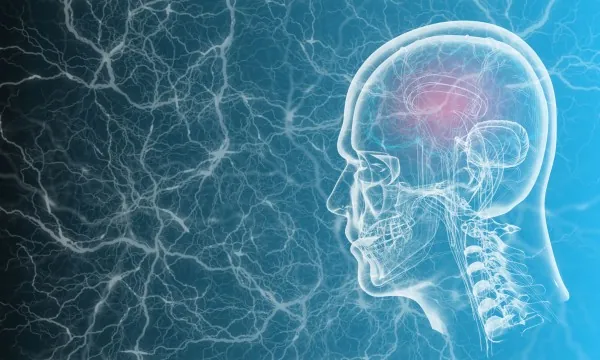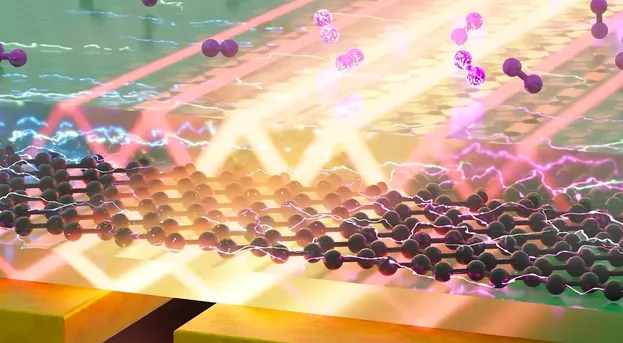
Revolutionary AI Technology Could Transform Early Detection of Parkinson's Disease
2024-11-21
Author: Sarah
Introduction
Researchers from Iraq and Australia are at the forefront of groundbreaking advancements in diagnosing Parkinson's disease (PD), one of the world's fastest-growing neurological conditions, currently affecting over 8.5 million individuals globally. The innovative use of artificial intelligence (AI) in analyzing vocal changes may offer a new and effective diagnostic tool that promises to enhance early detection and monitoring.
Significance of Vocal Changes in Diagnosis
Speech impairments are often one of the earliest signs of Parkinson’s disease. However, traditional diagnostic procedures can be slow and complex, leading to delays in diagnosis that could significantly affect treatment outcomes. A collaborative research effort between Middle Technical University (MTU) in Baghdad and the University of South Australia (UniSA) has highlighted how AI can play a crucial role in recognizing subtle voice changes that may indicate the onset of PD.
The Role of AI in Recognizing Voice Patterns
Associate Professor Ali Al-Naji, from MTU, emphasizes the significance of vocal changes, which include slight variations in pitch, articulation, and rhythm due to weakening control of the vocal muscles. “These acoustic changes serve as early indicators of Parkinson’s disease,” Al-Naji notes. By efficiently analyzing these vocal characteristics, AI models can potentially identify disease-related vocal patterns long before patients exhibit visible signs of the disorder.
Machine Learning and Deep Learning Algorithms
AI techniques, which mainly involve machine learning and deep learning algorithms, are powered by extensive datasets comprising voice recordings from both Parkinson’s patients and healthy individuals. The algorithms proficiently extract various vocal features such as pitch variations, speech distortions, and altering vowel sounds, demonstrating exceptional categorization accuracy—up to an impressive 99% in some studies.
Benefits of Early Detection
While there is currently no cure for Parkinson's disease, early detection through these AI advancements could facilitate timely interventions that may enhance patients' quality of life and slow down the progression of symptoms. Al-Naji further notes that the technology could enable remote patient monitoring, reducing the reliance on in-person consultations, which is particularly vital in the context of ongoing healthcare access challenges.
Call for Further Research
The urgency for these AI diagnostic methods is underscored by data indicating that the incidence of Parkinson's disease has doubled over the past 25 years, contributing to at least 330,000 deaths annually worldwide. Researchers are calling for extensive studies involving larger and more diverse populations to solidify the effectiveness and applicability of these AI techniques across different demographic groups.
Conclusion
As we stand on the brink of a potential revolution in the early detection and monitoring of Parkinson's disease, the integration of AI technology holds the promise of transforming how we approach this debilitating condition, paving the way for a future where timely diagnosis and improved patient care become a reality.




 Brasil (PT)
Brasil (PT)
 Canada (EN)
Canada (EN)
 Chile (ES)
Chile (ES)
 España (ES)
España (ES)
 France (FR)
France (FR)
 Hong Kong (EN)
Hong Kong (EN)
 Italia (IT)
Italia (IT)
 日本 (JA)
日本 (JA)
 Magyarország (HU)
Magyarország (HU)
 Norge (NO)
Norge (NO)
 Polska (PL)
Polska (PL)
 Schweiz (DE)
Schweiz (DE)
 Singapore (EN)
Singapore (EN)
 Sverige (SV)
Sverige (SV)
 Suomi (FI)
Suomi (FI)
 Türkiye (TR)
Türkiye (TR)